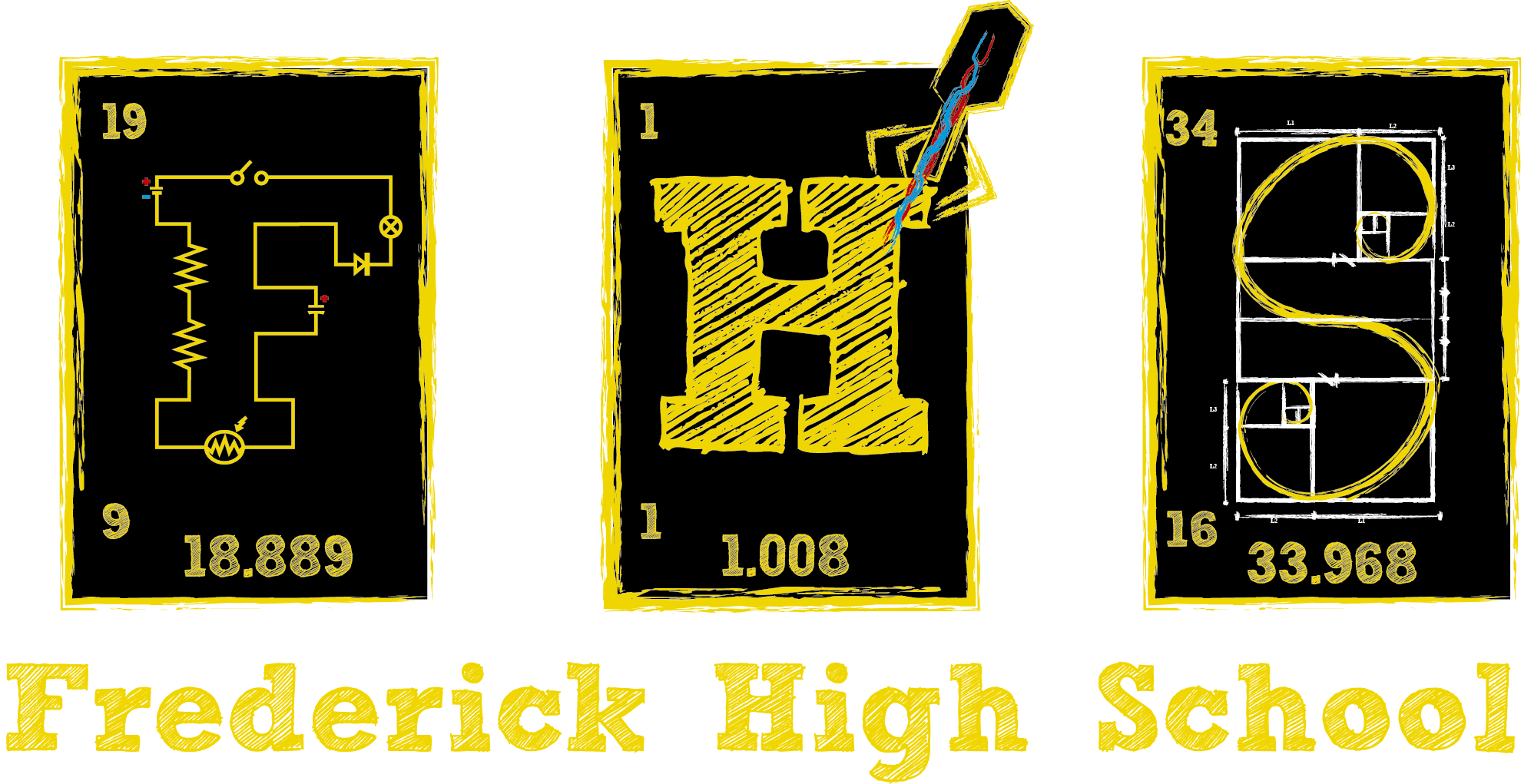Team:FHS Frederick MD/NirB Promoter
From 2014hs.igem.org
(→NirB Promoter: Added links.) |
(Added footer) |
||
| Line 7: | Line 7: | ||
We will similarly use the oxygen-sensitive NirB promoter to regulate transcription of the fluorescent [[Team:FHS_Frederick_MD/LOV_Domain|LOV protein]] that we are designing. | We will similarly use the oxygen-sensitive NirB promoter to regulate transcription of the fluorescent [[Team:FHS_Frederick_MD/LOV_Domain|LOV protein]] that we are designing. | ||
| + | {{:Team:FHS_Frederick_MD/Footer}} | ||
Latest revision as of 01:28, 21 June 2014
NirB Promoter
The NirB gene is reliant on a fumarate and nitrate reductase (FNR), which allows the promoter to activate when there is no oxygen present, as well as facilitate regulation of transcription that is responsible for the growth under anaerobic conditions. When oxygen is not present, the 4Fe-4S complex helps join two FNR components. As this happens, it becomes a protein complex that attaches to the NirB promoter part of the DNA, which results in the production of the LOV protein.
In an experiment by the 2012 Valencia Biocampus iGEM team (see [http://parts.igem.org/Part:BBa_K763002 BBa_K763002]), sterile oil was glossed over the tube containing the bacteria. The bacteria were then able to use the oxygen until the levels were completely depleted, resulting in a fully anaerobic environment. Once fully anaerobic, the bacteria began to produce the team's fluorescent gene product, which was under the control of the NirB promoter.
We will similarly use the oxygen-sensitive NirB promoter to regulate transcription of the fluorescent LOV protein that we are designing.
 "
"

